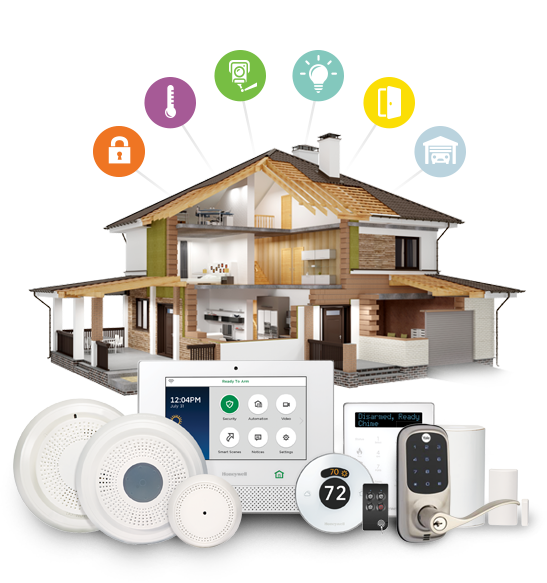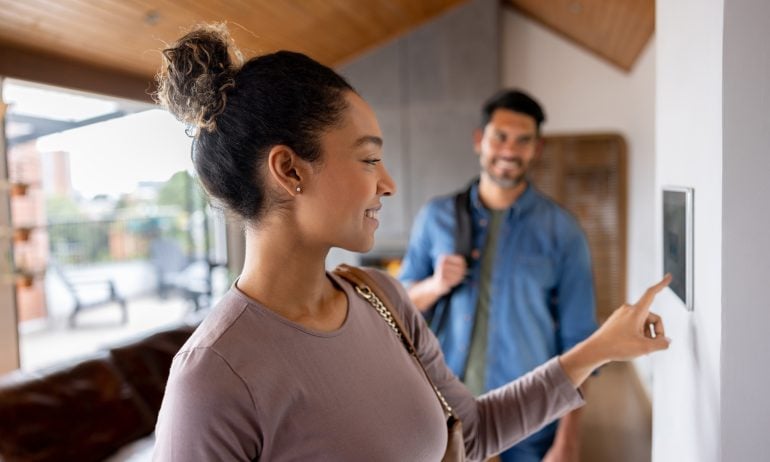Tips for Setting Up and Maintaining Your Home Protection System Successfully
In today's world, making sure the safety of your home is paramount, and efficiently preserving a security and mounting system is an essential element of this venture. It starts with a thorough evaluation of your particular needs and the choice of suitable tools tailored to your setting. The installment procedure is just the start; ongoing upkeep is important to make certain optimum efficiency. Understanding the nuances of these techniques can dramatically improve your system's reliability, however there prevail challenges that numerous forget. Checking out these can make all the difference in protecting your home.

Picking the Right Tools
Selecting the proper equipment for your home security system is vital for ensuring comprehensive defense. The very first action in this procedure involves assessing your distinct security needs. Consider variables such as the size of your home, the number of entry factors, and the existence of potential vulnerabilities.
Following, assess the different types of security tools offered. Usual elements include security electronic cameras, movement detectors, door and window sensing units, and alarm system systems.
Also, take into consideration the assimilation abilities of the equipment. Modern security systems usually enable smart home assimilation, making it possible for remote gain access to and control via tablets or smart devices. This feature can boost comfort and responsiveness in emergency scenarios.
Appropriate Installment Strategies
Appropriate setup techniques are important to make the most of the performance of your home safety system. Begin by carefully choosing the areas for sensing units and cameras; high-traffic locations, access points, and unseen areas should be prioritized. Make certain that video cameras are placed at an optimal elevation, usually in between eight to ten feet, to record clear images while reducing the threat of meddling.
When installing windows and door sensing units, follow the manufacturer's guidelines for placement. Sensors must be placed at a height that enables for correct placement and activation. Furthermore, take into consideration making use of wired connections for stationary gadgets to improve integrity and reduce vulnerability to signal interference.
For wireless systems, make certain that all components are within range of the central hub to preserve a secure link. Conduct thorough testing after installation to confirm that all devices are working properly and that informs are being gotten in real-time.
Routine Maintenance Practices
While setting up a home protection system is essential, regular upkeep techniques are just as vital to guarantee its ongoing performance. Once every 3 months, regular checks of your system should be set up at the very least. This consists of testing all components, such as video cameras, motion detectors, and alarm systems, to verify they are functioning correctly.
Additionally, it is necessary to clean your protection electronic cameras and sensing units, as dirt and debris can block performance. Make certain that electronic camera lenses are unblocked and clear, and that activity sensing units are without obstructions that can impede their ability to detect motion.
In addition, evaluate the electrical wiring and connections for any kind of indications of wear or damages - cctv tampa. Replacing batteries in cordless gadgets should additionally be a concern, as diminished batteries can bring about system failings
Monitoring and Alerts
Effective monitoring and timely informs are crucial elements of any type of home safety system. They function as the very first line of defense against possible threats, making certain that property owners stay informed and prepared to reply to emergencies. A thorough surveillance remedy typically consists of both expert tracking services and self-monitoring alternatives, enabling for versatility based on specific preferences and needs.

In addition, it is vital to personalize alert setups to make certain and decrease incorrect alarms that notices are actionable and pertinent. Regular testing of the surveillance system helps verify its integrity, and integrating automation attributes can enhance responsiveness, such as immediately locking doors upon getting an alert. By focusing on effective tracking and signals, homeowners can substantially boost their safety stance, providing satisfaction published here in their living setting.
Troubleshooting Common Issues
When it involves home safety systems, repairing usual issues is vital for keeping optimum performance and guaranteeing security. Routine upkeep and fast resolution of troubles can protect against susceptabilities in your protection setup.
One prevalent issue is false alarms, typically brought on by reduced batteries in sensing units or incorrect sensing unit positioning. Inspect the battery levels routinely and rearrange sensors if needed. Additionally, ensure that the system's setups are adjusted to lessen incorrect triggers from pet dogs or ecological aspects.
Connectivity problems can also interrupt your protection system. Validate that your Wi-Fi signal is solid and that all devices are properly attached. Think about resetting your router or moving the safety hub closer to the impacted gadgets. if you experience issues.
One more typical problem is failure to receive signals. Make sure that your notice setups are properly configured which your smart phone has a trustworthy connection. click for info Frequently updating your safety and security system's software program can likewise improve and solve bugs capability.
Final Thought
In conclusion, the efficient installation and maintenance of a home safety system pivot upon careful equipment selection, calculated positioning, and regular maintenance. In addition, aggressive monitoring and addressing common problems improve the general integrity of the protection system.
